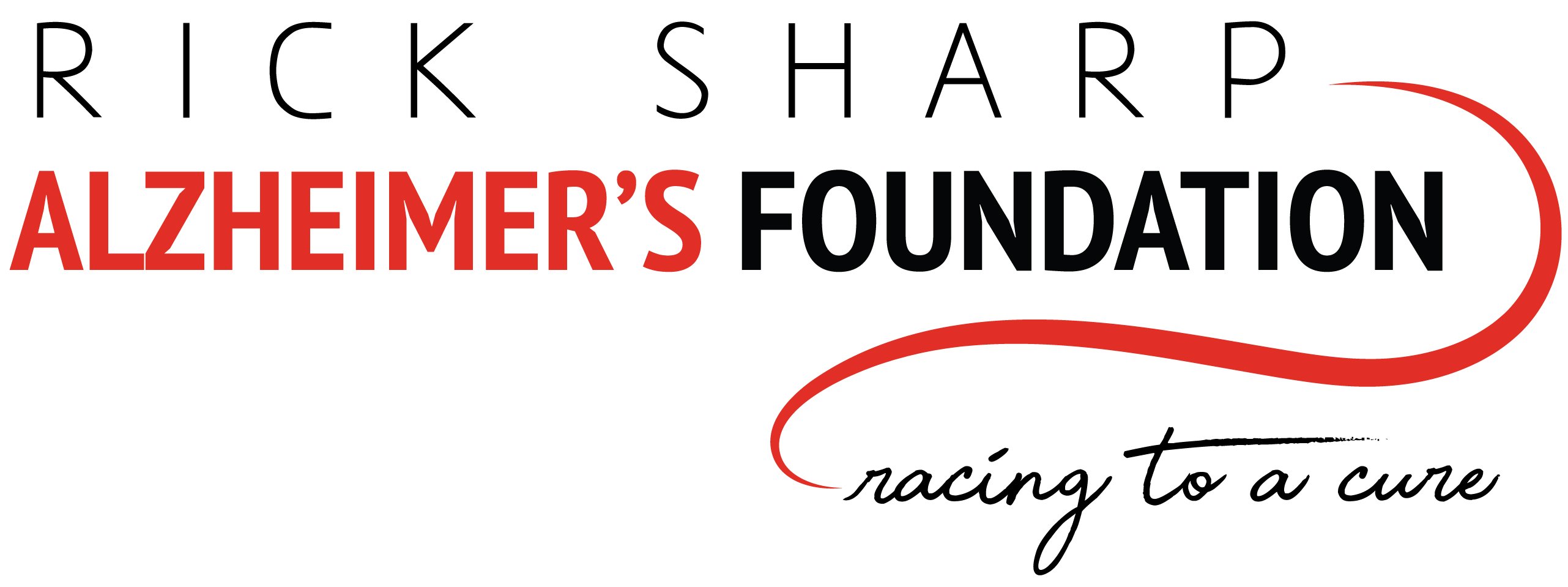Progress
Research leads to clinical trials!

With 1 out of 5 women getting Alzheimer’s, the team is investigating a combinatorial hormone therapy to determine if it is protective against neuroinflammation and Alzheimer’s pathology in mouse models without triggering the concerning carcinogenic and other side effects of past hormone therapies. The combination is expected to be beneficial to both sexes, and less toxic for women.

This research aims to speed the availability of new AD treatments. To do this, researchers are exploring more efficient and effective laboratory development of adult human neurons (iNeurons) for study and high-content screening of new drugs. They have collected skin cells (fibroblasts) from six new donors for subsequent conversion into iNeurons. Three of the donors are AD patients, including one with PCA, and three are cognitively healthy donors whose cells will serve as age and sex-matched normal controls for the AD/PCA cells. These patient samples are being used to create cell cultures that can continue to grow and expand for conversion to iNeurons and future testing. Following the conversion process, these iNeurons will be used for screening potential drugs directed at AD and for basic research into the mechanisms that cause AD.

We are in the 2nd year of funding multiple Alzheimer’s projects at the center. Precision medicine is the right treatment, at the right time, for the right person. The vision is to provide early detection, prognosis, and/or predicting responses to available medications; develop new blood tests to better monitor treatment response; and, using blood-derived stem cells, test whether patients will be helped by emerging medication treatments. These projects successfully completed milestones for the first year with research in the focus areas of exosomes, leveraging big data, and individualized brain stem cells.

Drs. Hyman and Dickson at Massachusetts General Hospital have discovered a possible connection between Alzheimer’s that starts in the back of the brain, Posterior Cortical Atrophy (PCA) and the front of the brain where Alzheimer’s typically manifests itself. The tau tangle pathology in PCA differs from classic Alzheimer’s in that it begins in and spreads across different areas of the brain, leading to different early clinical symptoms. In the first year of the project, the team developed strong data suggesting that the tau pathology in PCA has the same ability to seed and spread and thus there are likely differences in the brain regions that lead to the different tau pattern. The team has started the project’s second year.

Preliminary data suggests that the glycoprotein clusterin may hinder the repair of myelin—the protective sheath around neurons. Since December, animal studies have been initiated to investigate the hypothesis that therapeutic removal of clusterin could provide neuroprotection against Alzheimer’s disease (AD).
Additionally, recent studies have shown that insulin resistance in the brain plays a significant role in the development of AD by increasing inflammation. The goal is to better understand ways of overcoming insulin resistance, through intranasal insulin therapies for example, as a strategy against AD. As part of this investigation, a recently discovered protein called interceptor, which is associated with insulin resistance, was found to be increased in the brains of female but not male mice. The team is now working to understand if this protein accounts for sex differences in AD development and responses to intranasal insulin therapies.
